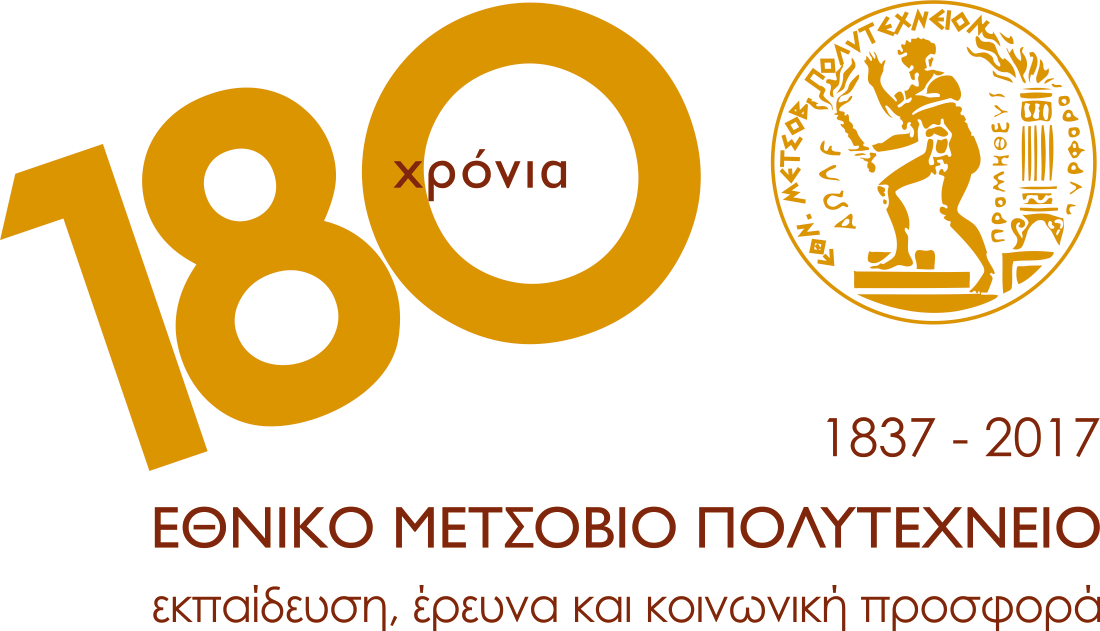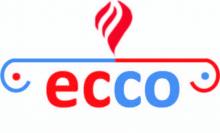
Start of the promising HERMES project and
realization of the kick–off meeting
09 November 2022
The HERMES project aims to design and validate at low TRL an innovative Highly Efficient Super Critical ZeRo eMission Energy System (HERMES). The project is funded by HORIZON EUROPE (Grant Agreement No. 1010837). It started on the 1st of November 2022 and will run for a period of 36 months. The developments are undertaken by an 11–partner consortium including 3 SMEs, 5 highly recognised Universities and 3 research institutes.
The kick–off meeting successfully took place on November 9th, 2022. During the meeting the beneficiaries and associated partners discussed and analysed their role in the project and the way forward. Allies represented their scope of work through WP presentations and shared their aspirations for HERMES outputs. The kick–off meeting also highlighted the excellent collaborative spirit that creates the proper environment in which the consortium will work for the next three years.
The name of the project, HERMES, is symbolically inspired by the Greek mythology god that acted as herald and messenger. HERMES carries the message and evidence that Gas Turbine technology can be made future proof, renewable fuel flexible, highly efficient, emission free, and as such is an indispensable part of the energy transition towards carbon neutrality.
Living in a world where combustion is unavoidable and at the same time there is not a single combustion engine that does not emit pollutants, HERMES makes its appearance by introducing the possibility of a high–efficiency robust engine emitting no pollutants. HERMES aims to contribute to the renewable future by pioneering a zero–emission, highly efficient directly fired supercritical power system, operating in closed loop on renewable fuels. The overall objective of the project is to assess the performance of HERMES system operating on a variety of liquid/gaseous renewable fuels to provide electricity with efficiency above 65%, without emitting any GHG or other pollutants. The main liquid and gaseous fuels that the system will be operating on, will be methane, methanol, and hydrogen. Finally, the project follows a detailed assessment through experimental and computational approaches, dynamic simulation tools including digital twins and machine learning.






